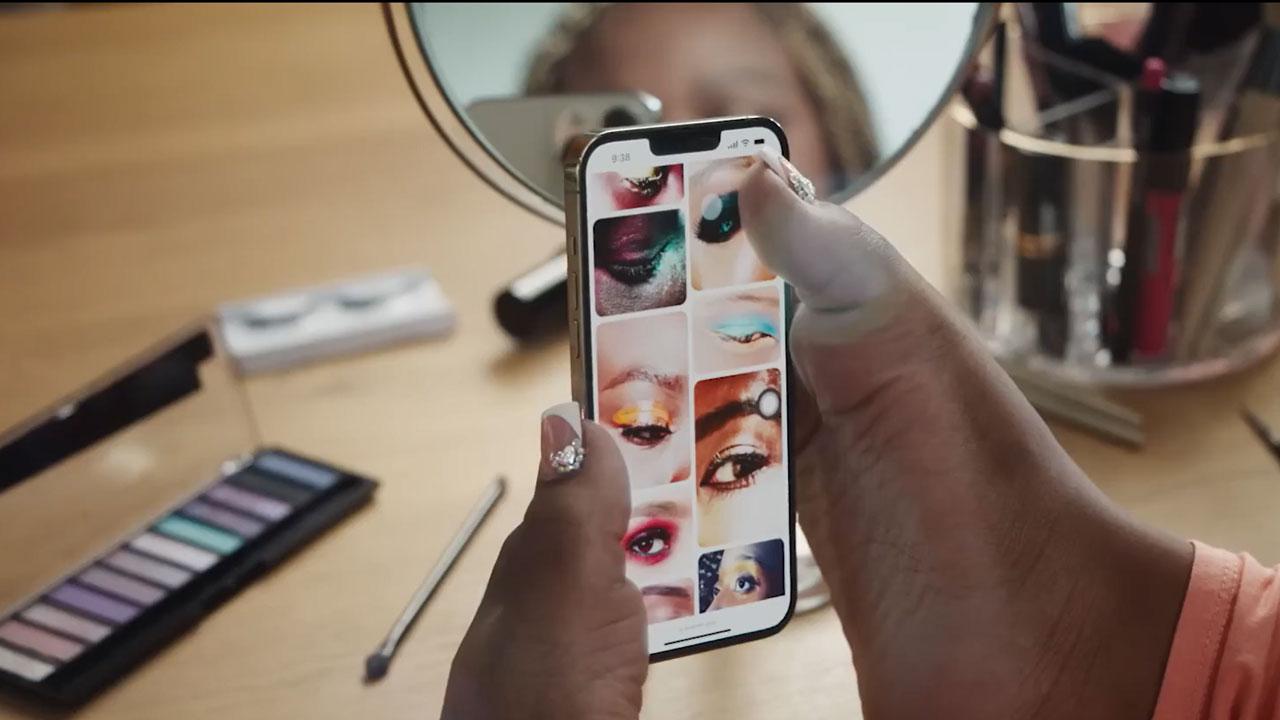What is accessible TV advertising?
Accessible TV advertising means making sure your ad can be consumed, understood and appreciated by all.
It involves removing or minimising barriers so that everyone has the same access to the information in your ad, and that their interactions with it are equally effective and enjoyable.
The majority of TV ads are not currently designed with accessibility in mind or don’t have access services like subtitles or audio description to help make them more accessible.
RNID estimates that 12 million adults in the UK are deaf, have hearing loss or tinnitus. That’s the equivalent of 18% of the population who can’t easily access or understand TV ads.
According to the RNIB, there are over 2 million people in the UK living with sight loss, so who rely on audio to help them make sense of a TV ad, which means some of the messages and meanings are missed.
By not making your TV ad accessible, you’re missing out on reaching the full audience that you’re trying to reach and not maximising the potential impact of your campaign.
What access services are available for TV ads?
TV access services are additional features that are designed to help hearing and visually impaired viewers consumer TV content.
Sign Language
Used for people with a sight impairment, sign language involves adding an on-screen person or avatar that translates the spoken language using gestures and signs. British Sign Language (BSL) is the main language used in the UK and is central to the identity and culture of the Deaf community.
If you use add sign language to your ad:
- Cast deaf actors or presenters
- Ensure you keep their whole upper body in frame
- Don’t cut away from them until they have finished signing
Subtitles / Closed Captions
Subtitles are text captions displayed at the bottom of the screen that transcribe the on-screen dialogue. They can be used to widen access for hearing impaired viewers but are also enjoyed regularly by 6 million people in the UK who are not hearing impaired.
Closed captions not only transcribe the dialogue, but also add in additional information such as tone of voice, music, or background noises.
Subtitles in ads should:
- Be readable in size, font and colour
- Accurately reflect what is being said and heard
- Be synched with the audio
- Be positioned to not cover any important information
Audio Description
AD is a voiceover narration that is played in parallel to the ad’s audio track. It describes the on-screen action including body language, expressions, and movements, and helps those with sight impairment make the meaning of the ad through sound.
Learn more about audio description in this video by the RNIB:
What is Audio Description?
Further reading
For more information on accessible TV advertising, visit this Accessibility Hub by egta, the European trade body for commercial television and radio.
 Thinkbox
Thinkbox